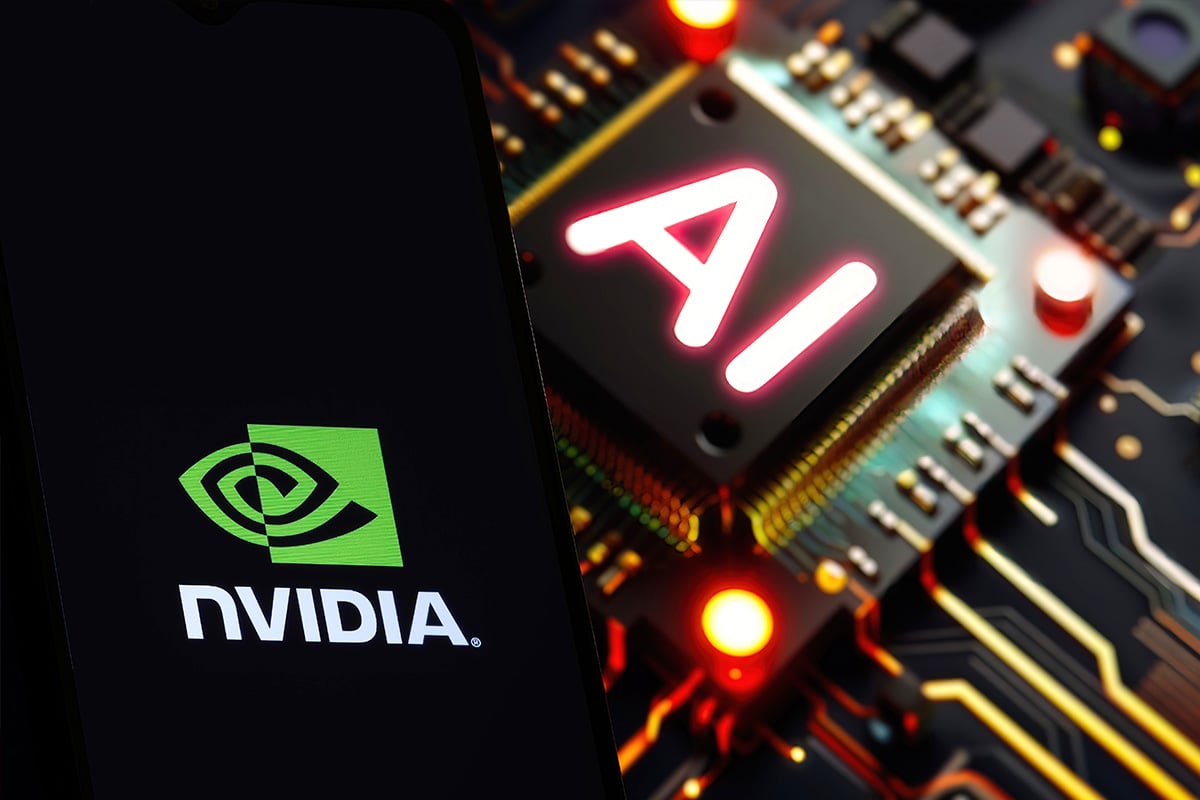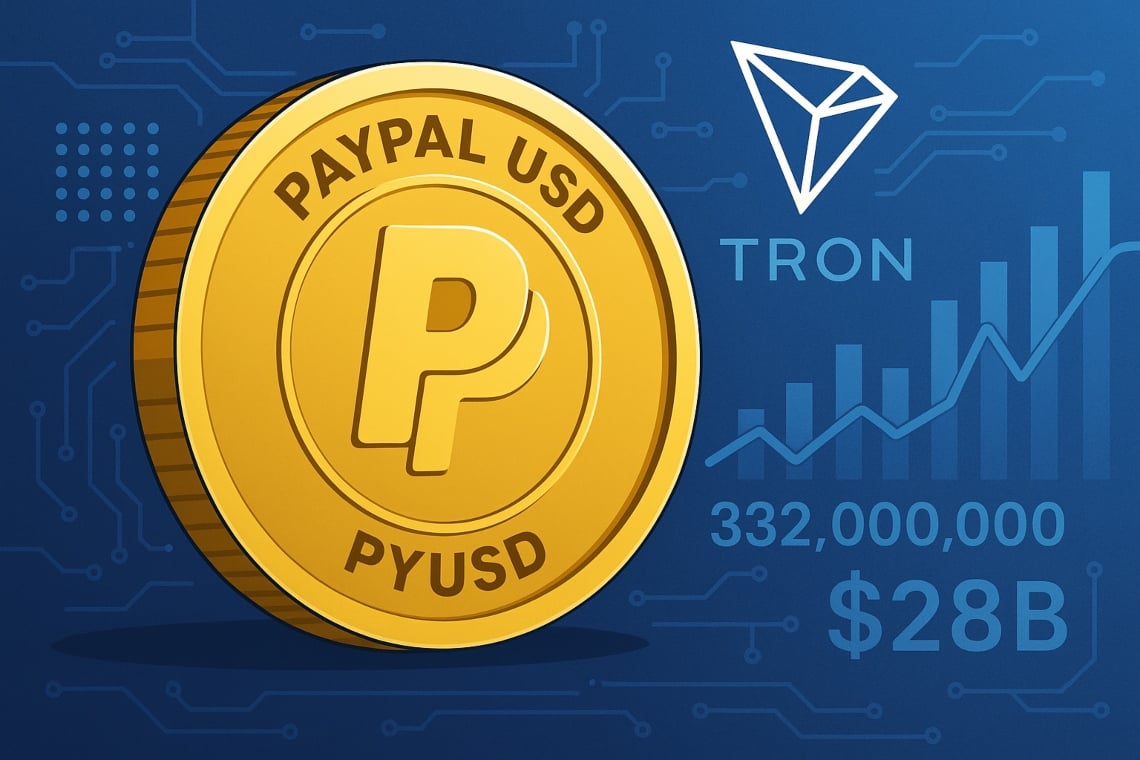Ethereum Classic remains as a viable option for developers and users who prioritize the principles of immutability and adherence to the original Ethereum vision. Review of ETC token by Coinidol.com.
Ethereum Classic (ETC) is a decentralized blockchain platform and cryptocurrency that emerged as a result of a hard fork from the original Ethereum blockchain in July 2016.
The hard fork was a result of a contentious community debate following the infamous “DAO hack,” where a smart contract vulnerability was exploited, leading to the theft of a significant amount of Ether (ETH).
Since the fork, one of the fundamental principles of Ethereum Classic is immutability, meaning that once transactions are recorded on the blockchain, they cannot be altered or reversed, even in the case of security incidents or hacks.
Original vision of Ethereum
Ethereum Classic adheres to the original principles and vision of Ethereum before the DAO hack, emphasizing the importance of immutability and maintaining the integrity of the blockchain.
Ethereum Classic uses a Proof-of-Work (PoW) consensus mechanism to validate transactions and secure the network. Miners compete to solve complex mathematical puzzles to add new blocks to the blockchain and receive rewards in the form of ETC.
Decentralized Smart Contracts
Ethereum Classic, like Ethereum, allows developers to create and deploy smart contracts, which are self-executing contracts with the terms of the agreement written directly into code.
Ethereum Classic is backward compatible with Ethereum’s smart contracts, allowing developers to port their applications between the two networks.
Decentralized governance
Similar to Ethereum, Ethereum Classic is moving towards a decentralized governance model where community members can propose and vote on protocol upgrades and changes.
It has its own community and development teams separate from Ethereum. While both blockchains share similarities, they have taken different paths due to the contentious hard fork.
Disclaimer. This article is for informational purposes only and should not be viewed as an endorsement by Coinidol.com. The data provided is collected by the author and is not sponsored by any company or token developer. They are not a recommendation to buy or sell cryptocurrency. Readers should do their research before investing in funds.
Source: https://coinidol.com/ethereum-classic-etc-token/


